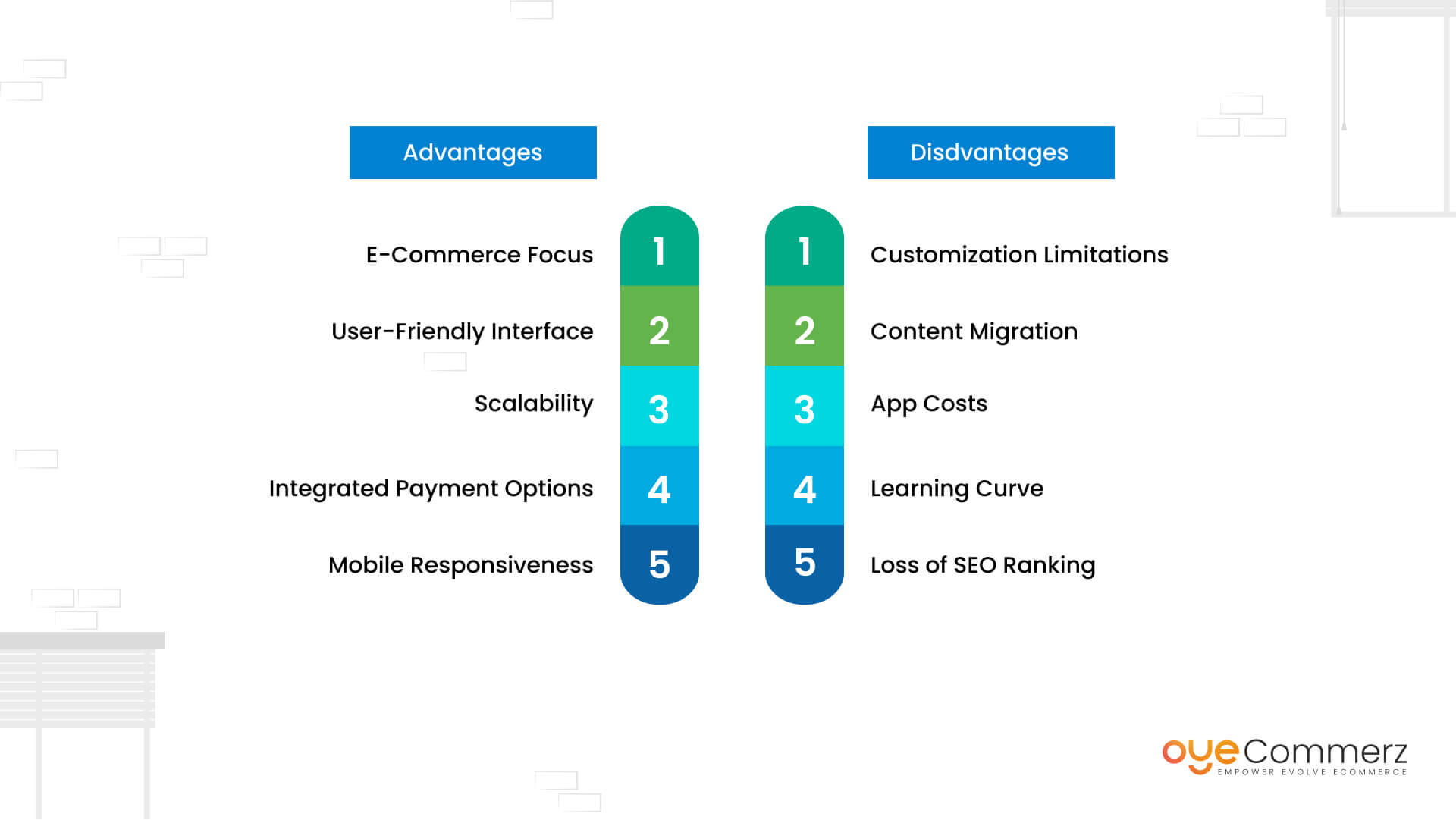Shifting from WordPress to Shopify marks an promising step toward streamlining your e-commerce processes. As businesses expand, choosing a solution that aligns with scalability, UX, and customization is essential. Shopify has emerged as a favorite for e-commerce professionals, providing unmatched flexibility, security, and ease of use. In this guide, we’ll explore why this migration is a game-changer, discuss the advantages, and provide practical tips to ensure a seamless move.
1. Top Reasons to Transition from WordPress to Shopify
WordPress, paired with WooCommerce, has served countless e-commerce platforms. However, as companies scale, issues like reliance on plugins, data risks, and complex setups often obstruct progress. Shopify, designed explicitly for digital retail, eliminates these concerns with an comprehensive, user-friendly platform. Statistics back this shift—Shopify hosts over 4.4 million stores globally, with a documented 10% increase in sales performance for numerous merchants post-switch.
2. Shopify's Advantages for Thriving Online Stores
Shopify’s robust ecosystem caters for expanding brands. Its notable features include:
- Effortless Design Flexibility: Shopify provides over 80 professionally designed themes.
- Built-in Features: Capabilities such as Shopify Payments and built-in SEO streamline operations.
- Global Reach: Multi-currency support and regional customization enable businesses to reach global markets.
Additionally, Shopify delivers an uptime rate of 99.98%, ensuring your website remains accessible.
3. Preparing for WordPress to Shopify Migration
Prior to starting the migration process, evaluate your current store. Review inventory details, client information, and SEO performance. Tools like Shopify’s Migration Kit or third-party solutions can simplify this process. Create a comprehensive plan, ensuring all resources—item details, media files, and blog content—are optimized for transfer.
4. The Importance of Accurate Data Migration
Transferring your data forms the foundation for a smooth platform switch. When migrating from WordPress to Shopify, focus on:
- Inventory Details: SKU, descriptions, and groupings.
- Customer Data: Emails, purchase records, and preferences.
- Search Engine Considerations: Retain meta tags, URLs, and forwarding paths to maintain search rankings.
Use tools such as LitExtension to facilitate seamless migration while minimizing errors.
5. Tailoring Your Shopify Store to Fit Your Brand
Post-migration, customizing your Shopify store helps it aligns with your business identity. Utilize Shopify’s intuitive page builder to design pages effortlessly. Shopify's templates are mobile-responsive, ensuring a seamless UX across devices—a key point, since 74% of e-commerce traffic Advanced Shopify migration is generated WordPress to Shopify benefits by mobile users.
6. Maintaining SEO During Migration
Search engine optimization is crucial for preserving your online presence during migration. Shopify is highly optimized for search engines with organized link formatting, built-in optimization tools, and smooth content management. Make sure you:
- Implement 301 redirects for old URLs.
- Enhance updated content with keyword-rich content.
- Use Shopify's apps Plug in SEO to track analytics after the switch.
7. Post-Migration Testing
Once the migration is complete, conduct thorough testing.
Check: - Page load times (Shopify boasts faster speeds in contrast with WP).
- Functionality of payment gateways and transaction flow.
- Adaptability across devices.
Quality assurance guarantees your store provides a seamless shopping experience from the start.
8. Case Study of a Successful Migration
One such migration success story is Gymshark, a fitness apparel brand that moved to Shopify. Post-migration, the company experienced a 60% boost in mobile sales and reduced site downtime. This highlights the potential of Shopify in enhancing e-commerce growth.
9. Challenges and Solutions
Migration is not without obstacles, such as data integrity and adjusting tailored features. However, Shopify’s robust support and third-party experts simplify the process. Partnering with experienced Shopify developers ensures a trouble-free transition.
10. Starting Your Journey with Shopify
Migrating from WordPress to Shopify marks a strategic approach to online retail. By addressing scalability, simplifying management, and enhancing the customer experience, Shopify empowers businesses to thrive in challenging industries.
Conclusion
Transitioning from WordPress to Shopify offers a smart solution that can significantly boost your e-commerce success. With a well-structured strategy, the appropriate resources, and professional guidance, you can unlock new success milestones.
Excited to start the journey? Let’s discuss how our Shopify migration services can transform your e-commerce platform. Get in touch today, or consider: Can your business afford to miss out on Shopify’s growth potential?
